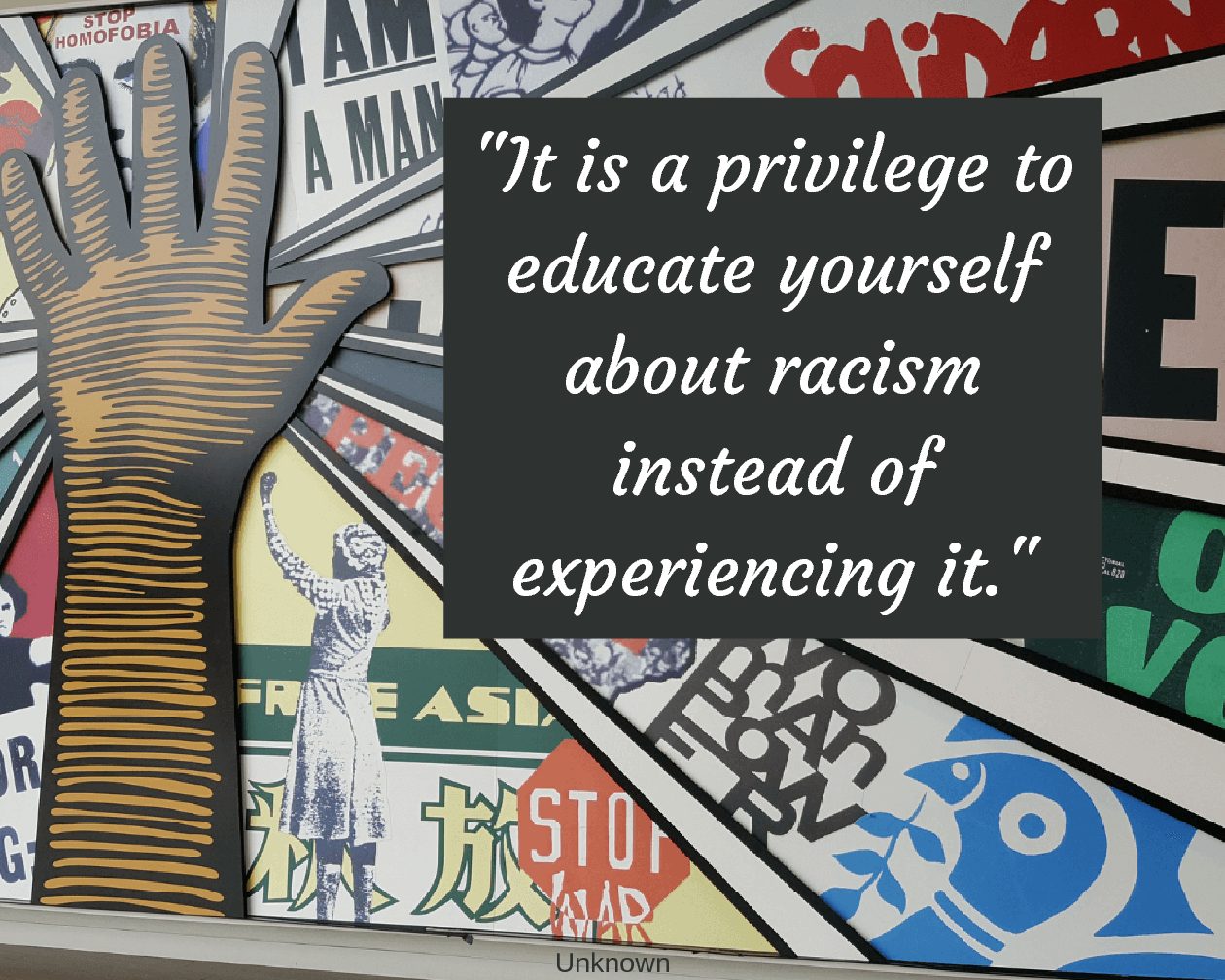
The Best Places to Learn about Black History in the South that You Need to Visit
This post might contain affiliate links. That means I may earn a small commission at no extra cost to you, if you buy through my site. I appreciate your support of my site.
They say one of the reasons to study history is to learn about it and not repeat it. Whether we like it or not, slavery and the fight for equal rights for African Americans is a huge part of the history of the United States of America. Some people and cities are taking down monuments and appearing like they are trying to erase history. When learning about what is believed to have really happened during these periods of history it can be hard to understand and stomach, but that doesn’t mean we should forget about it. We need to do quite the opposite.
Certain places and cities within the US do a better job of others than presenting slavery and the Civil Rights Movement accurately and respectfully. Through my recent travels within the US I have been intrigued, felt privileged and of course appalled at everything I have learned. It has been one of those experiences where I didn’t know how much I didn’t know. Textbooks in the US do not do these periods of our country’s history justice.
As a teacher I have and will always stand by the belief that education is the best way to 'fight' any battle. My belief in traveling goes hand in hand with education. You need to get out in the world to experience cultures and people different from you. Unless you were living under a rock the past year you know our country desperately needs this.
With some fellow travel bloggers I put together a list of museums, plantations, historic homes, parks, and monuments. They include some of the best places to learn about Black history in the south and also some of the best US history museums overall!
Places to Learn about Black History in Alabama
The Historic Lowry House || Huntsville, AL
By Sobha from Just Go Places Blog
One of the more unique things to do in Huntsville Alabama is visit the Historic Lowry House. This small house museum has a fascinating collection of artifacts from Huntsville’s history, and also a room that used to be a stop on the Underground Railroad. The Underground Railroad was used to ferry runaway enslaved peoples to safety in non-slave owning states in the North and Canada. Experts estimate that as many as 100,000 enslaved peoples escaped via the Underground Railroad.
The owners of the Lowry house were abolitionists even though they were living in one of the states with the most enslaved peoples. Before the US Civil War, one-third of the population were enslaved peoples! The hidden room that was used for the Underground Railroad is not visible from the outside at all because it is tucked into the attic space/roofline.
Today it is part of the master bedroom and has been converted into an ensuite bathroom and dressing room. The Historic Lowry House is also used for weddings and it’s in this master bedroom that the brides usually get dressed. It’s really surprising how big the hidden room is.
In the Antebellum South, no Southern man on the hunt for runaway slaves would dare to go into the master’s bedroom. It was deemed unseemly and impolite. So in this case, the South’s emphasis on gentility and graciousness worked against them!
The National Memorial for Peace and Justice || Montgomery, AL
By Julia from the Cure for Curiosity
A deeply moving place to learn about Black History and the racial injustices within the United States is the National Memorial for Peace and Justice in Montgomery, Alabama. Completed in April of 2018, this modern memorial is the first in the nation dedicated to the legacy of enslaved Black people, people terrorized by lynching, African Americans humiliated by racial segregation and Jim Crow, and people of color burdened with contemporary presumptions of guilt and police violence.
The six-acre site of the National Memorial for Peace and Justice is a sacred and somber place to reflect on the United States’ history of racial inequality. Upon entering, you’ll follow a path through the Memorial starting with slavery through lynching and racial terror to the civil rights era and the Montgomery Bus Boycott and into the modern-day issues of police violence and racially biased criminal justice.
The Memorial contextualizes the stories and history of racial terror with impactful sculptures, quotes, narratives, and monuments. One of the most memorable structures is the memorial square with 800 six-foot monuments. Each monument represents one county and state where lynchings happened, and they have the names of the victims from that county engraved on the side. Seeing it in this manner really quantifies just how widely spread racial terror has been throughout the United States.
One of the goals of the National Memorial for Peace and Justice is to inspire communities across the country to start facing their own local history of racial injustice. As such, you may start to see local memorials being erected as you travel from Raleigh to New Orleans and beyond learning about Black History and the Civil Rights Movement.
16th Street Baptist Church || Birmingham, AL
By Stephanie from History Fan Girl
If you’re looking for places to learn more about Black history, Birmingham is a fabulous place to start! There are tons of things to do in Birmingham that are integral to the story of the Civil Rights Movement, from the Birmingham Civil Rights National Monument to the Fourth Avenue Historic District. However, no trip to Birmingham is complete without a stop at the Sixteenth Street Baptist Church.
The church was an important center of Black culture and politics during the first half of the twentieth century. The KKK and other local white supremacist organizations took note and targeted the church and its leaders, culminating in a bombing that killed four little girls and lead to the death of a young Black boy on the same day.
The backlash to the terrorist incident helped shape future Civil Rights successes, but the city and the church have never completed mourning the loss of these young lives, and memorials are held every September.
Places to Learn about Black History in Arkansas
Central High School || Little Rock, AR

By Karen from Somewhere Down South
Central High School in Little Rock, Arkansas has been honored by the American Institute of Architects as "The Most Beautiful High School in America," however it was also the scene of one of the ugliest events in American Civil Rights history. In the fall of 1957 Central High was the first fundamental test of the US resolve to enforce African-American Civil Rights following the Brown vs Board of Education of Topeka decisions. 9 black students, now known as the Little Rock 9, were denied entrance to the school by mobs of angry white people who screamed at and spat upon these teenagers. Dwight D. Eisenhower, president at the time, sent in the National Guard to ensure safety and entrance into the school for these black students.
Central High was designated as a National Historic Landmark on May 20, 1982. It still operates as a high school in Little Rock today with approximately 2,400 students. The National Park Service offers guided tours with a reservation. This is a guided, walking, interpretive tour that shares the stories of the Little Rock Nine as well as the Civil Rights Movement in the area. You may or may not be allowed in the school depending on when you take your tour. Note again that reservations are required!
This really is a must-see for anyone who plans to visit Little Rock. The tours are moving and the stories are sad, but the guides are knowledgeable and compassionate. You will also want to plan some time at the small but excellent visitors center which has interactive displays, exhibits, and pictures to help you to fully grasp this part of our collective American history.
Places to Learn about Black History in Georgia
Atlanta History Center || Atlanta, GA

The Atlanta History Center is one of the best places in Atlanta to learn about the history of the city. While it is not solely a museum of African American history, Atlanta's past is rich in Black history. Atlanta played a critical role in the Civil War. One of the largest Civil War exhibits is at the museum. It focuses specifically on Atlanta and the many battles within and around the city. Another informative exhibit focuses on Black citizenship during the Jim Crow laws.
The "Gatheround Stories of Atlanta" was one of my favorite exhibits. Instead of telling the history of Atlanta only through dates and facts, the exhibit includes personal stories from Atlantans of all walks of life. Stories from crucial events in Atlanta's past were included such as the Atlanta Race Riots and the Atlanta Nine, as well as cultural and family stories from different neighborhoods around the city.
There's a handful of other permanent and temporary exhibits in the main building as well as a large outdoor area where you will find gardens, trails, a farm, and historic homes and buildings. You can easily spend all day here.
With your ticket to the Atlanta History Center you also have access to the Margaret Mitchell House. The house is set up to resemble the Gone with the Wind author's former apartment. It also includes exhibits on her life and the filming of the well known movie.
Martin Luther King, Jr.
One of the most important influences on the Civil Rights Movement, Martin Luther King Jr, was born in Atlanta. The Martin Luther King, Jr.
Start at the visitor center to learn about all the places to visit and explore the exhibits. President Jimmy Carter and Dr. Martin Luther King, Jr., two of Georgia's great leaders, are the focus of the featured Dream exhibition. Atlanta's largest linear park, the Freedom Trail, connects the MLK Jr Historic Park with the Jimmy Carter Center. In addition to being a great walking and cycling path, it was designed to honor the civic activism of the two men and to display international art.
Free tours of MLK Jr's childhood home are one of most popular things to do when visiting the historic site. They are offered on a first come first serve basis. Try to go on a tour early in your visit. While waiting for a tour explore the rest of the outdoor grounds and the King Center with more exhibits on MLK Jr and other influential leaders. Other than the house tour everything else is self-guided. If you would like the added experience of a guide and additional information choose a walking tour of the area.
Also explore the surrounding historically Black Sweet Auburn neighborhood where the historic site is located. Visit the Apex Museum, an African American history and culture museum within the neighborhood. The Atlanta Black History and Civil Rights Tour takes you to the Sweet Auburn District as well as other notable African American neighborhoods and historic sites in the city.
As the indoor buildings have been closed for the past year I have only been to the outdoor areas. I'm eager to visit the visitor center and tour the house for a better understanding of the crucial role MLK Jr had on Atlanta and the rest of the world.
National Center for Civil & Human Rights || Atlanta, GA
The National Center for Civil & Human Rights is an excellent Black history museum that primarily focuses on the Civil Rights Movement as well as other human rights issues.
"Rolls Down Like Water" is the main exhibit which is dedicated to the Civil Rights Movement in Atlanta and other cities in the South. The topics range from the era of Jim Crow segregation to 1968 when Dr. Martin Luther King, Jr.was assassinated. There's a reconstruction of the bombed Greyhound bus that the Freedom Riders took to Anniston, Alabama in 1961. Within the bus a movie telling the story of the riders is playing. There's a lunch counter sit-in stimulation to give you a sense of what the protestors were feeling in 1960.
There's a collection on MLK Jr with his writings put into an art installation. The other main exhibit is on the global human rights movement. While it is not specifically focused on African Americans, the fight for equality and the advocates who have faced hardships in the battle for human rights is well connected to those in the Civil Rights Movement.
The museum does a great job of immersing you in the history with multimedia exhibits. There's a lot of information to process and try to make sense of. After visiting I felt quite emotional.
The museum is located next to many of Atlanta's other main attractions such as the Georgia Aquarium and the World of Coca Cola. When planning your Atlanta itinerary you may want to visit some of these sights in the same day. Save money by purchasing an Atlanta City Pass.
The Owens - Thomas House & Slave Quarters || Savannah, GA

Savannah is known for its many historic houses. Not many historic homes focus on both the lives of the rich who lived in the homes and the enslaved people who served the residents. I chose to tour the Owens - Thomas House & Slave Quarters because you can learn about and see where both lived.
The guided tour of the house and self-guided tour of the parts of the house the slaves worked in and the carriage house where they lived show the huge differences between their lives. The stark contrast between the opulent period rooms upstairs where the family lived and the bare slave quarters in the cellar is apparent. A lot of interesting details on how the enslaved people and the rich family interacted are included in the tour.
You can also see the indoor plumbing system. This may not sound too intriguing, but this was quite a feat for the early 1800s. In 1819 Owens - Thomas house had two toilets, three bathtubs, and a shower. The White House did not have a bath until 1833!
With your admission to the house you can also visit the Jepson Center and the Telfair Academy for free.
Make sure to check out the other great Black history tours in Savannah as well.
Places to Learn about Black History in Louisiana
Oak Alley Plantation || Vacherie, LA

By Nicole from Go Far Go Close
Oak Alley Plantation is just over an hour outside of New Orleans, Louisiana. Through its 200 years of history, it has been many different things starting from a sugar plantation. In the 1970s, it was designated a National Historic Landmark for its architecture and landscaping.
For the price of admission, you can take a guided tour of the “Big House”, which is a completely preserved majestic mansion where the owners of the plantation lived. However, what is most interesting and significant is the self guided tour that you can take exploring the slave quarters nearby.
Oak Alley began as a sugar plantation and accordingly, was built by and relied on black enslaved men, women and children to do this. This exhibit focuses on some of the individuals who were owned and kept on the plantation, their lives and living conditions. It also includes a look into life after emancipation, as laborers continued to live in the poor and destitute housing until the 20th century.
The exhibit is startling in its demonstration of the brutal living conditions provided to the slaves, especially when you compare it to the luxurious accommodation and comforts in the Big House. Immediately, you feel uncomfortable at the comparison and its unfairness.
Wear good walking shoes as you are able to linger and explore the slave quarters for as long as you wish.
Whitney Plantation || Wallace, LA
By Marquita from Marquitas Travels
Sugarcane is Louisiana’s top crop, contributing $3 billion to the state’s economy. In fact, sugarcane can be traced back to 1795 when New Orleans’ first mayor, Étienne de Boré, planted a Cuban cane variety. Of course, once this crop proved its value, it was harvested by slaves.
The Whitney Plantation, about 45 minutes outside of New Orleans, is a museum that focuses on the lives of enslaved people on this southern Louisiana sugarcane plantation. They do an excellent job of helping you envision the life of slaves who inhabited this plantation for over 100 years. The tour takes you through original slave cabins, a freedman’s church, detached kitchen, and owner’s house- the “big house”. You will leave with the ability to clearly see the type of life that the slaves had to endure.
The part that’s most moving and separates the Whitney Plantation from others is how they honor the 100,000 individuals held in slavery in Louisiana. It ranges from “The Field of Angles” that honors the 2200 enslaved children who died from 1820s to 1860s, to “The Wall of Honor” that memorializes the individuals that were enslaved on the Whitney Plantation by engraving their name and information into the granite slab.
Pre-Covid they offered a guided tour from individuals who are passionate and knowledgeable about the plantation and Louisiana’s slave history. Unfortunately due to the pandemic, the tours are now via an audio self-guided tour. Hopefully the guided tours will resume once the pandemic is behind us. Either way, you will leave the Whitney Plantation moved by the stories and lives of the enslaved people who once inhabited the plantation.
Places to Learn about Black History in North Carolina
Mordecai Historic Park || Raleigh, NC

The Mordecai Historic Park is home to the Mordecai House which is the oldest house in Raleigh in its original location. Other historic buildings such as Andrew Jackson's birthplace also fill the grounds. The park was once home to the largest antebellum plantation in the county.
Begin at the visitor center and learn about the Mordecai family and the over 200 slaves that lived on the property. The exhibit may be small, but it provides some interesting details about this period of time and the distinctions between being a plantation owner and an enslaved person on a plantation. Many African American history museums focus on a particular period of time or region. I liked that the information here was specifically focused on generations of one particular family and plantation.
The guided tour takes you through the Mordecai house and around the park. You will learn more about the Mordecai's and the history of the buildings on the property.
Tour tickets can be bought in the visitor center, but they are not offered when school groups are visiting. I was only able to see the exhibit and walk around the grounds because there were students on a field trip on the day I went. Call 919-996-4364 to ensure a tour is available before arriving. When tours are not running you can still visit the grounds and exhibit for free.
North Carolina Museum of History || Raleigh, NC
The North Carolina Museum of History is a large, free museum located in downtown Raleigh. Like many other state museums, such as the Michigan History Center, it is centered around the history of the state as a whole. While I love visiting smaller museums that focus on narrower topics, I love large history museums like this one because they do a great job creating exhibits that are more than just reading panels. Whether there is an authentic teepee to sit in or a vibrating saw mill to walk through, it helps you get a better sense of what was really happening in the time or place you are learning about.
The permanent exhibit, "The Story of North Carolina" begins by describing the first inhabitants of the state and continues through many rooms to present day. Therefore the NC museum is not solely a Black history museum, but there are large sections on the antebellum years, the Civil War, and the Civil Rights Movement.
While the museum does cover major events that you could learn about at any museum of Black American history, it does go deeper into events specific to the state. For example there is a restored slave cabin from a nearby county that is set up to resemble the packed living conditions of the enslaved African Americans living in it and what their lives were like. The museum describes the social order of people and how that influenced what individuals did within the state.
I also learned many new details about general topics I was familiar with. Of course I knew about race riots, but I had never heard about the Wilmington Race Riot. Or the Woolworth lunch counter sit-in's in Salisbury.
The rest of the museum is filled with permanent and rotating exhibits on anything from sports to beach music in the Carolinas. Have you seen the Green Book movie? Currently there is an exhibit on the book that African American travelers used in the mid- 1900s.
Places to Learn about Black History in South Carolina

Boone Hall Plantation || Mt. Pleasant, SC
Located only a short drive from Charleston is Boone Hall Plantation. It is one of the best plantations in South Carolina to see what plantation life was like for both the plantation owners and the enslaved people who served them. There is a lot to see and do at the plantation.
The guided house tours by a costumed docent show you how a plantation owner's family would have lived. You learn about the history of the plantation and the different houses that were on the property over the years. I recommend touring the house towards the beginning of your visit as it gives a good overview of the entire plantation.
The slave history presentation and the slave cabins that present the Black history in America exhibit show the other side of plantation life, that of the enslaved men and women. While the slave cabins have been preserved from 1790 and 1810, their interiors have been designed to represent different aspects of life for the Black Americans living on the plantation during this time. You can spend as much time as you like looking at the cabins, listening to the audio descriptions and reading the information placards. Exploring the Gullah culture is also possible here with a live performance from the Gullah people, African Americans who live in the low-country.
Don't miss out on the tractor tour around the plantation either. This tour focuses on the agricultural side of the plantation. When the guide introduced the tour I thought it wouldn't be that interesting to me, but it actually was and tied together everything else I had been learning on the plantation already. Finally, the gardens and grounds are lovely to walk around in and explore.
Boone Hall does a fantastic job of presenting African American history and culture in a real way from different angles. The best part is everything is included in the general admission ticket.
Old Slave Mart Museum || Charleston, SC
One of the best places to learn about the history of the slave trade is at the Slave Mart Museum in Charleston. While this African American slavery museum provides information about the intercontinental slave trade, the main focus is on the domestic trade in Charleston and throughout the US. History books reference slavery, but never go into detail about the process, especially within the US. After the selling of slaves was banned between countries, America continued to sell slaves between states for many decades. Charleston was known as the hub of slave trade in the US.
When public slave trades in the street were stopped, they moved inside to slave marts. The museum itself is housed in one of them. It’s a small museum packed full of information. Not only does the museum provide general information, dates and numbers about the slave trade in Charleston, but also personal stories and little details about the people who passed through the building.
It is mind-blowing to try to come to terms with how slavery was seen as a business of selling goods with no regards to the ‘goods’ being human beings.
Historical Walking Tour || Charleston, SC
Charleston should be at the top of your list of cities to visit if you love historical places and especially if you are looking for Black history places to visit. You can easily walk around the streets on your own, admire Rainbow Row and take in the sea views along the waterfront, but you would be missing out on so much. Charleston is one of the oldest cities in the country and has a rich, yet turbulent history.
This history will be so much clearer to you on a guided historical walking tour. Did you know that arsenal from the Civil War is still being found around the city? I learned this and so much more from our excellent guide. Whether we were passing a basket weaver on the street or an ornate wrought iron gate our guide was able to give us more details about these items made by skilled African Americans.
Places to Learn about Black History in Tennessee
Civil Rights Museum || Memphis, Tennessee

If you are wondering where to learn about Black history and the civil rights movement look no further than the Civil Rights Museum in Memphis. The museum is well structured and takes you from the start of the Jim Crow laws, the separate but equal government mandates, all the way to Martin Luther King Jr’s death. There are detailed exhibits on the bus boycotts, student sit-ins, the freedom riders and the many protests.
There’s a large exhibit on the Memphis Sanitation strike of 1968, which brought MLK Jr to Memphis where he was shot from the Lorraine hotel, which is where the museum is currently located. You are able to stand outside the room and balcony where MLK Jr was shot. The room is preserved to show how it was in 1968.
You can also go across the street and see the boarding house room and bathroom that was believed to be where James Earl Ray shot MLK Jr. Of course I knew that he was assassinated, but other than that I knew very little about what happened. It turns out there are still a lot of unanswered questions. This exhibit, which presents the days leading up to the assassination, the day of and the weeks afterward was fascinating. There are still many unknowns and conspiracy theories out there about what really happened.
The website states the average visiting time as 1.5hrs. We spent about 4 hours at the museum! This is definitely a museum to get you thinking. Especially when we are having protests and the fight for equal rights once again more than 50 years later.
Andrew Jackson's Hermitage || Nashville, Tennessee
The Hermitage was the home and plantation of Andrew Jackson, the 7th president of the United States. For anyone aware of Jackson's beliefs on slavery it may seem like an unlikely place to include in a post about Black history sites. While he owned slaves and is believed to have treated them harshly, the museum does a good job of presenting his controversial role in history. It is made very clear how Jackson's success was due in large part to the free forced labor of his slaves.
Start your visit at the Hermitage by watching the introduction video on the President and then walking through the exhibit on his life. The exhibit takes you through his upbringing as an orphan, to his role as a general and then on to becoming President.
In addition to the intro movie and the museum on the President there is also the large plantation grounds to explore at the Hermitage. Guided tours of the house are available as well as self-guided tours of the slave cabins and other buildings. Jackson's original farmhouse is on the property. It was converted into housing for his slaves when he moved into his mansion, the current hermitage that still stands today.
Within both the house and the other historical buildings on site, information is provided about the lives of slaves. Slave dwellings have been found and studied in various areas of the property. It was very interesting to learn about the differences in being a house slave versus a field hand. In addition the information that has been uncovered and shared tells more about what life was really like as a slave on the cotton plantation.
The hermitage is definitely one of the many places you should save enough time for in your Nashville itinerary.
The Tennessee State Museum || Nashville, Tennessee
Nashville is known for its music scene, but the city is also full of great museums. One of them is the Tennessee State Museum. It is a free museum that provides an overview of the state's history from it's earliest days. It is similar to the North Carolina museum I mentioned above, but delves into the issues from the perspective of the people of Tennessee.
Usually I find learning about wars to be too much focused on dates and battles. The information on Tennessee and the Civil War on the other hand was quite different. Views of the Civil War and opinions of African Americans varied drastically within the state. While it was common for other states to have strong opinions for or against slavery, the people of Tennessee were divided. African American stories of joining the union troops were presented as well.
Other permanent exhibits focus on the other major wars, the growing interest of music in the state, and the plant and animal life in the state among other things. A children's gallery and other temporary exhibits fill the rest of the huge museum. Outside, the museum actually continues in the Bicentennial Capitol Mall State Park. Through plaques, statues and water fountains the park tells the history of the state in a really unique way.
I hope you are inspired to visit these places to learn about Black history in the South. There are many other African American culture and history museums and historical sites in the United States. If you have any recommendations on ones I still need to visit please let me know in the comments below!
More Posts About the South
- Georgia: Atlanta Posts
- Louisiana: 3 Day New Orleans Itinerary
- North Carolina: Downtown Raleigh Guide
- South Carolina: 3 Day Charleston Itinerary
- Tennessee: 2 Day Nashville Itinerary, Nashville Museums
- USA GENERAL: The Best BBQ Cities in America, The Best History Museums in the US, The Best Art Museums in the US
Pin It!!



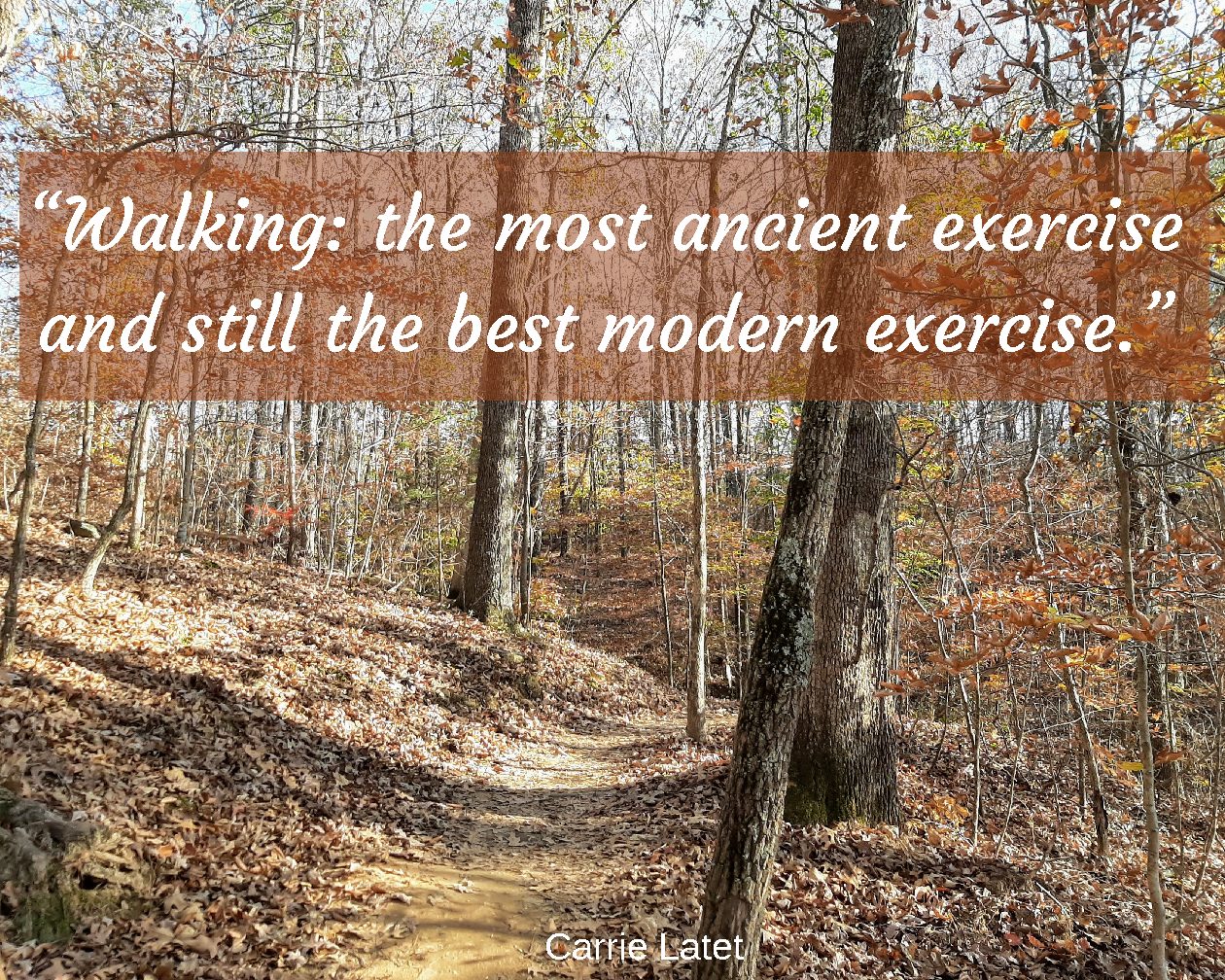
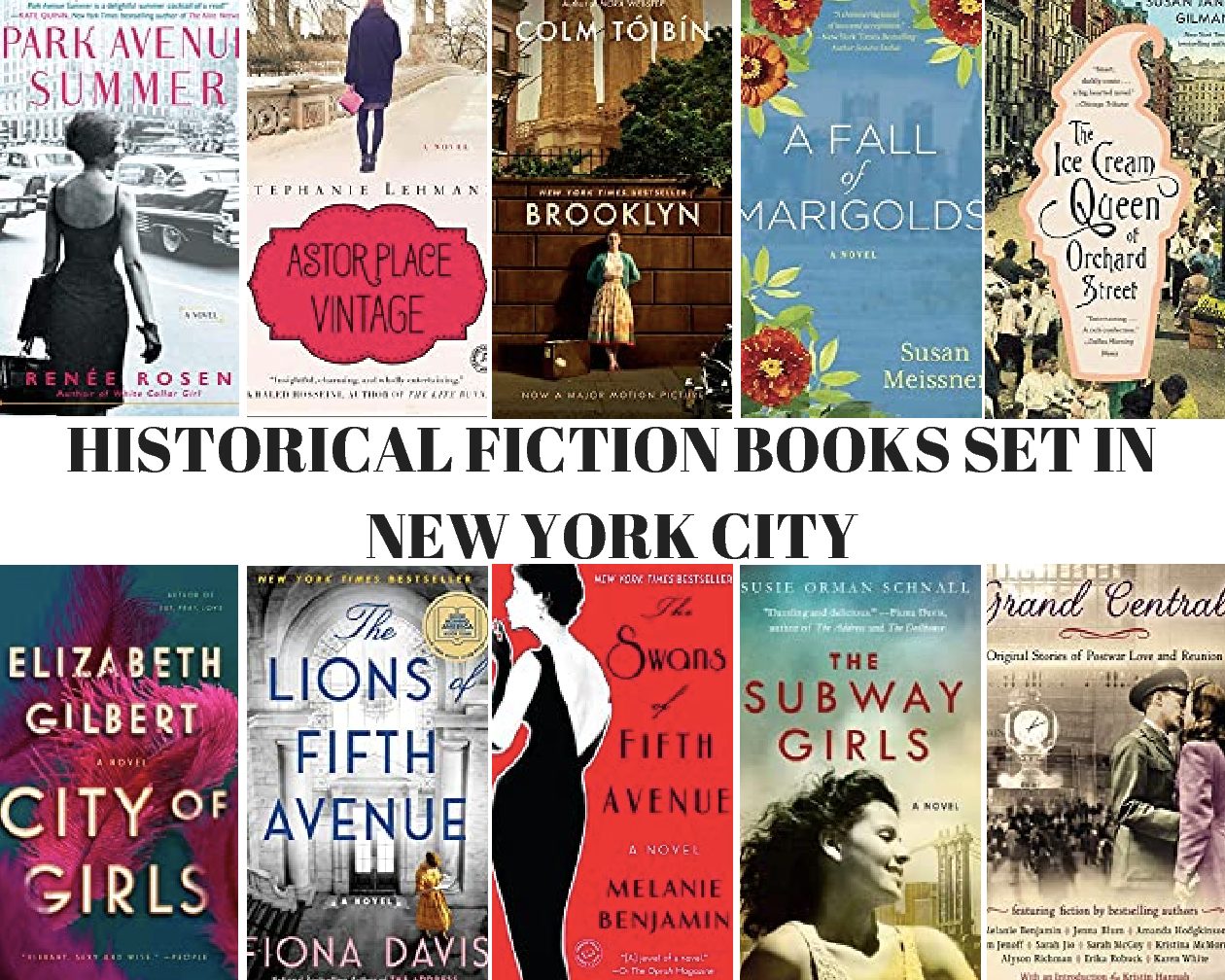
You May Also Like
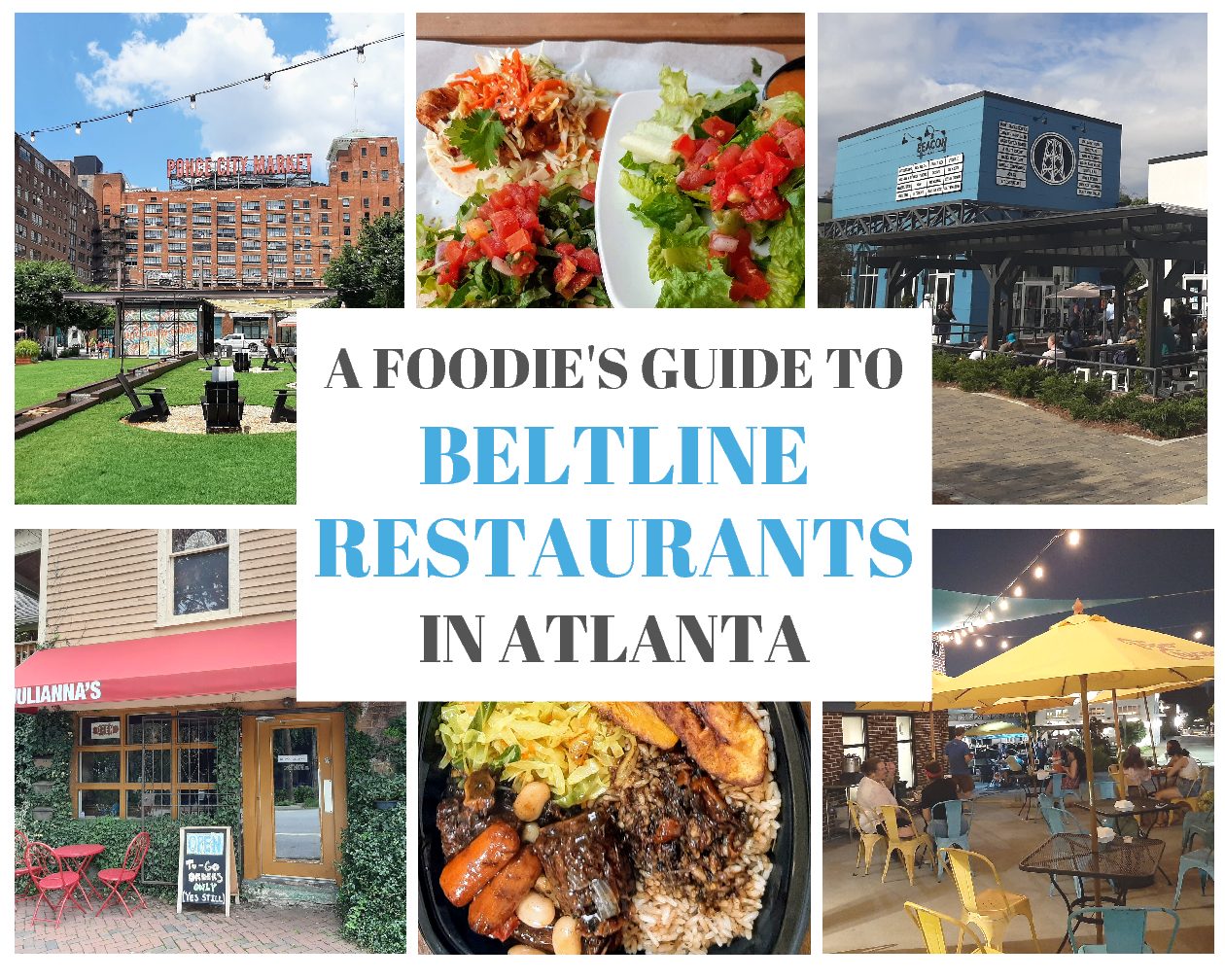
A Foodie’s Guide to Restaurants on the BeltLine in Atlanta
November 23, 2021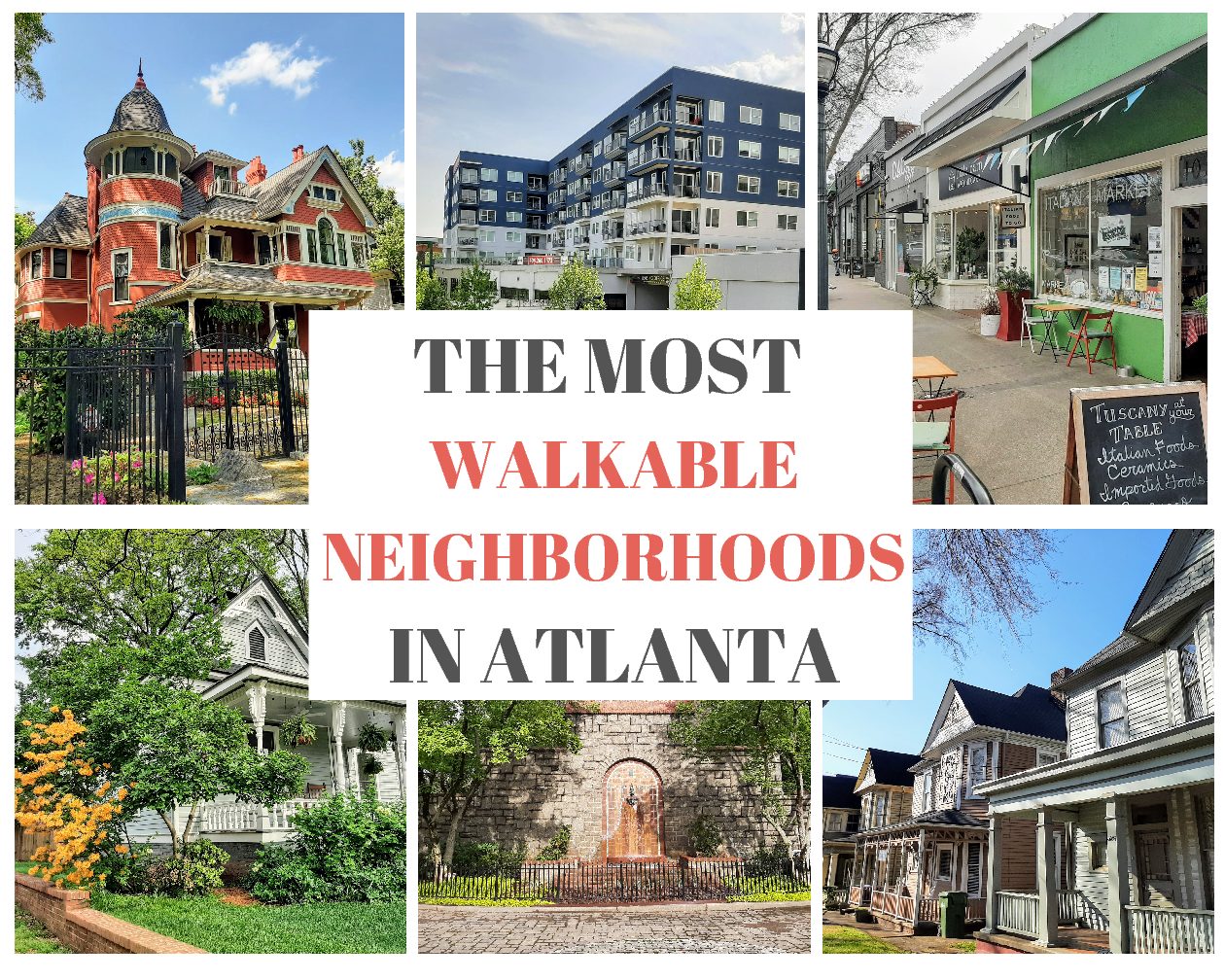
The Most Walkable Neighborhoods in Atlanta
April 16, 2021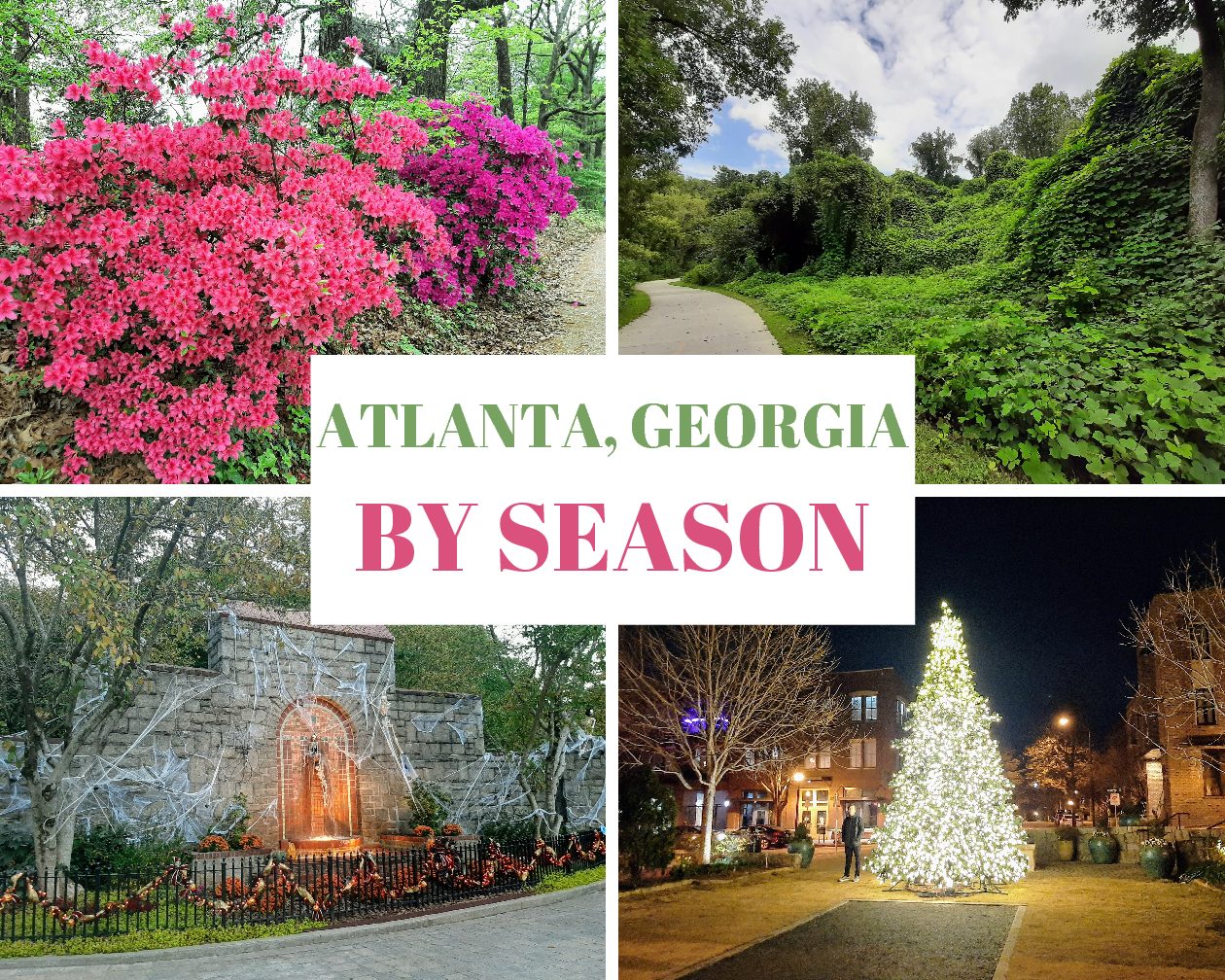



6 Comments
Katie
Thank you for writing this, so glad to learn more. I am looking to learn more on our next trip to the USA so this guide is so helpful.
Taylor
This is such a great and informative article! I’ve been to Boone Hall Plantation where I learned a lot about black history. I also heard the Civil Rights Museum in Memphis is super educational. I am always interested in educating myself more about black history and try to visit as many civil rights museums as possible when I travel to different U.S. cities. 🙂
The Fearless Foreigner
Thank you! Yes, there is always so much more to learn.
Lyne
That was very interesting with some great insight, as a European, I don’t know much about Black History in the State, but it’s always interesting to educate myself. I knew the South had a lot of Black History but nothing in detail or those places! Thanks for sharing!
The Fearless Foreigner
Thanks! I’m sure it would be interesting to learn about from a European perspective.
Sea
Thank you for your post, that’s so interesting